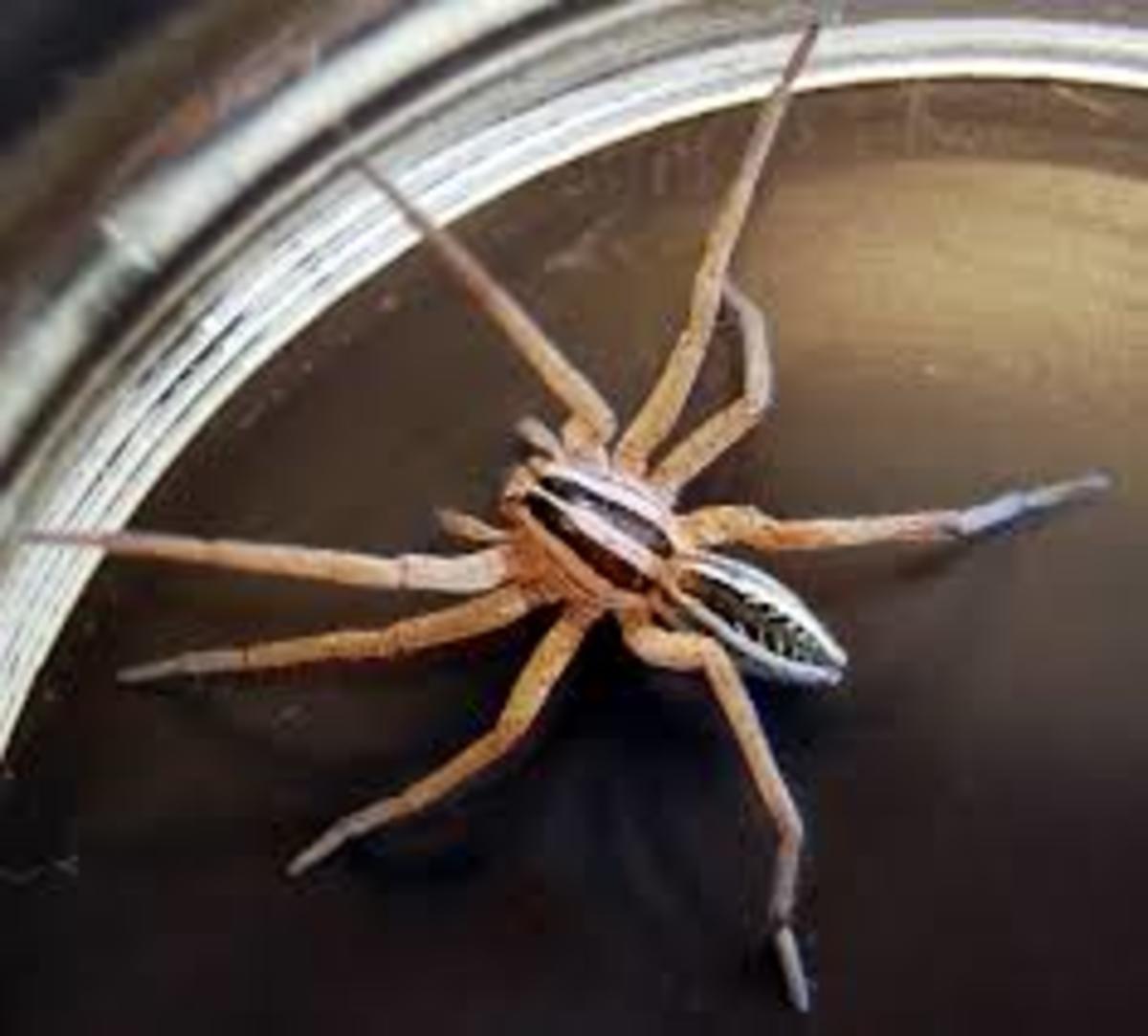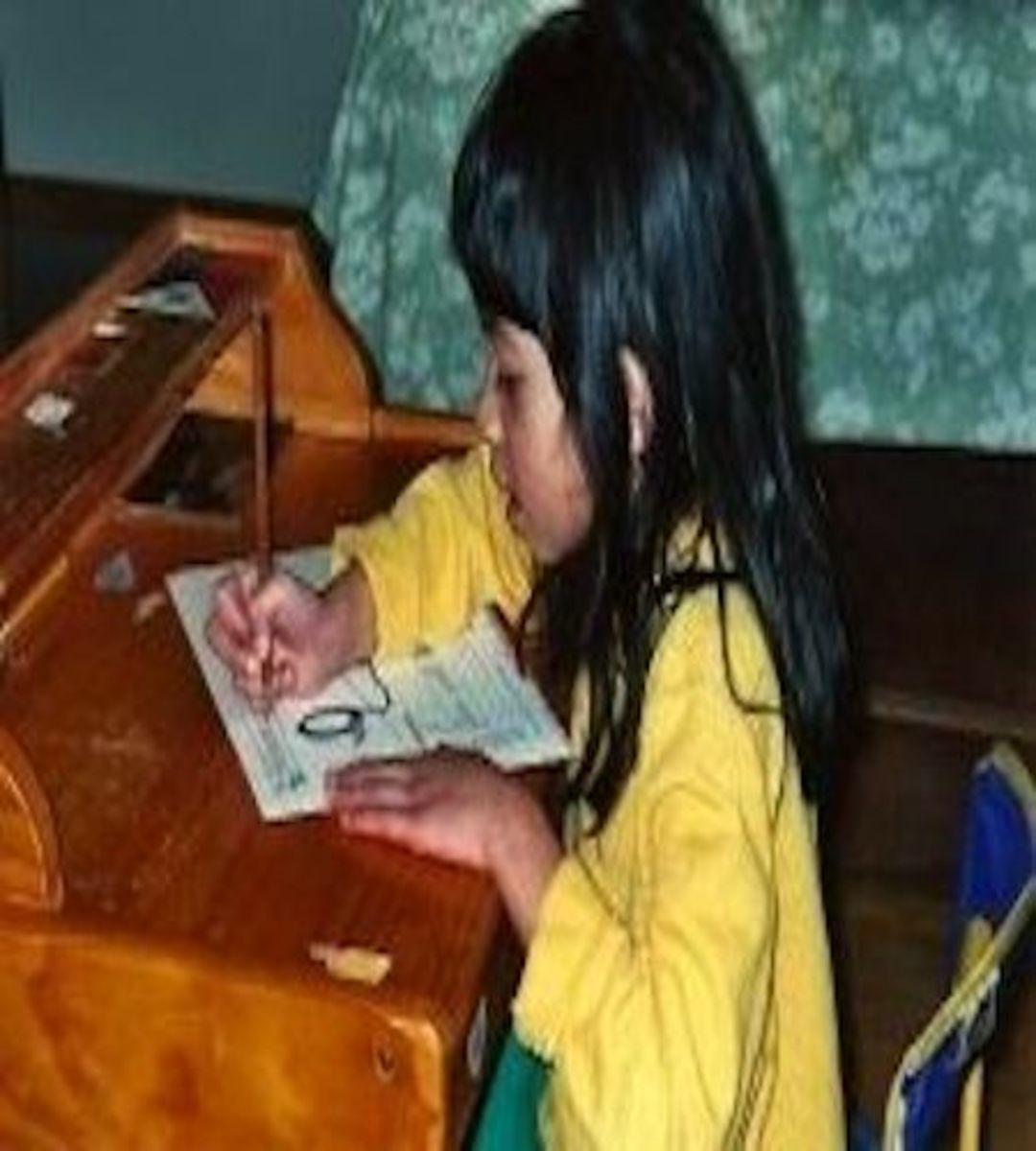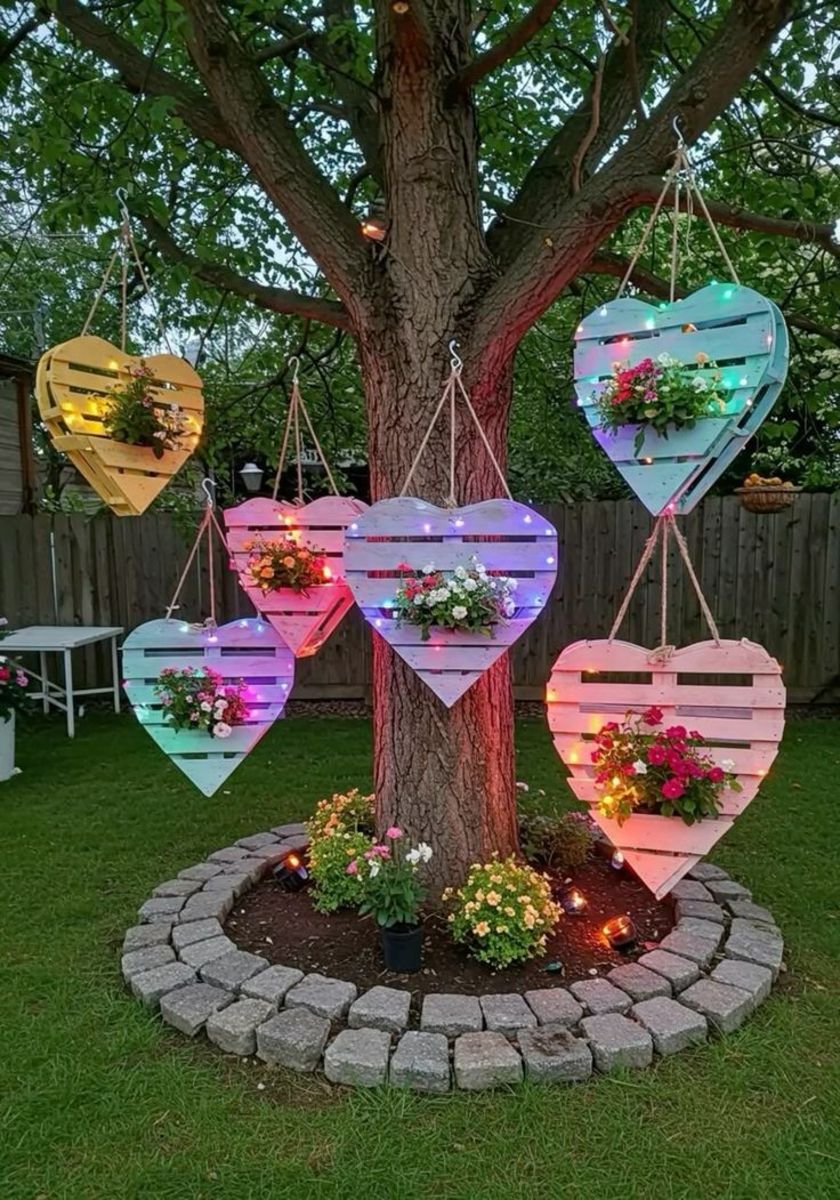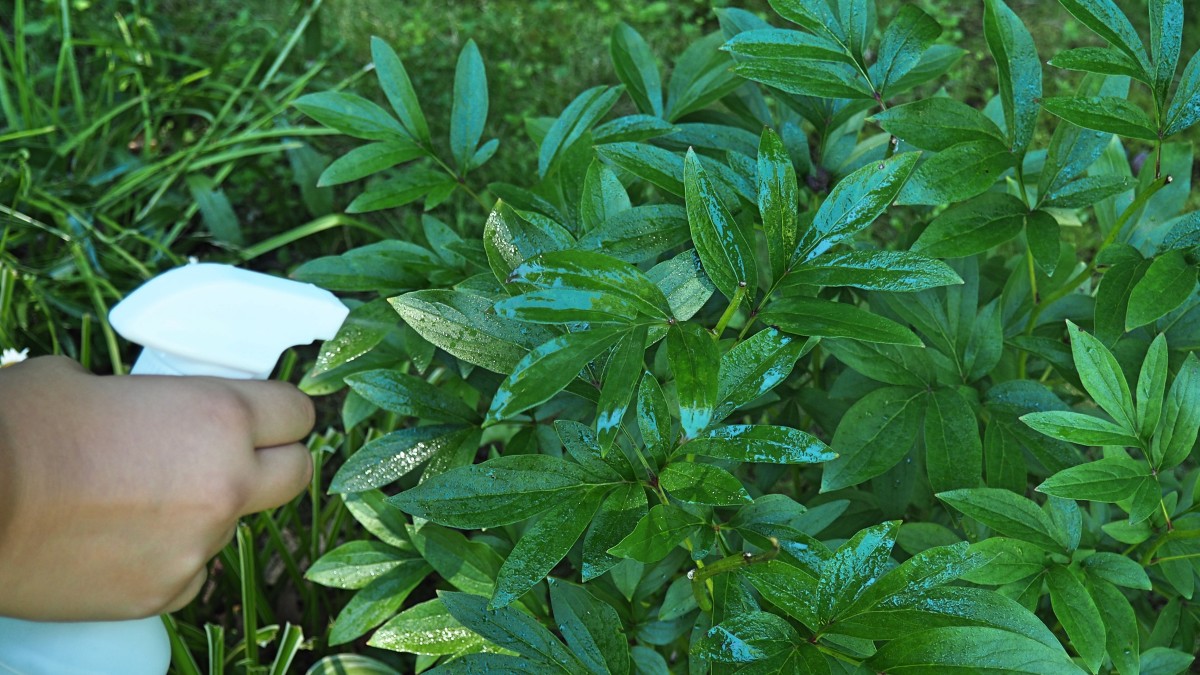Your Backyard: An Outdoor Classroom

Your Backyard
When I think back
On all the crap I learned in high school It's a wonder I can think at all
These lyrics from Paul Simon’s Kodachrome often repeat themselves in my mind, especially when I think about my high school days; it was a boring, dull place with a few bright spots. I liked English and History and even had one or two good teachers.
By good, I mean teachers, who could bring the subject to life, and make it all seem real, rather than just more words in a book to be memorized and regurgitated at the proper time and in the proper palce.
Learning is an active experience and not meant to be consumed while sitting at a desk and listening to someone drone on and on. Instruction is important but so is how those instructions are delivered.
It is the same for lectures; they have their place but they cannot be the only way we learn and they need to be delivered with enthusiasm; the lecturer not only must know the topic but appear to care about it and speak with some passion and enthusiasm.
The biggest danger of a dull, repetitive education is that we miss out on developing what may be the most important skill that education can ignite within us and that is the sheer joy that comes from discovery from making the connections and putting it all together.
How to make choices for ourselves; how to find joy in seeking an answer, not flipping to the back of the book to see how it all comes our or typing a phrase into Google in hope of finding enough information to satisfy the teacher.
There is a place we can go as children or with our children were learning is fun and engaging, for some the journey is short for others it is somewhat longer.
The short trip takes us from our houses into our backyards where a world of wonders awaits.
If you home school your children, the backyard classroom offers lessons in botany, biology and entomology. Plant and insect identification helps your child understand the other creatures that live in the backyard and gain an awareness of what an ecosystem is.
Children could also write or draw their experiences thus learning some basics skills in expression and communication.
I have frequently referred to a lawn as a waste of space that would be put to better use when food rather than grass is grown. However, I have also made exceptions when it comes to children as they need a safe place to play a place where their minds can soar and creativity emerge.
This outdoor classroom is right out your back door, that’s right, the back yard. In the yard, children can play and allow their minds to transport them to wherever the game takes them.
Now, because there are children playing and learning in this outdoor classroom, hopefully, no one has sprayed any toxic chemicals to kill the weeds or insects that live there.
Not only are the chemicals harmful to the children but by killing the dandelion, the ants or that wolf spider you are depriving the child of an opportunity to learn. To discover the other entities that inhabit our world and begin to grasp the web that is Life.
The first lesson the child can learn is respect; just because something is smaller, much smaller than you, does not mean that you can squish it. It also does not mean that you have to fear it, as, for the most part; it will only harm you if you attempt to interfere with its efforts to go about its own business.
I have seen too many children and quite a few adults who are afraid of insects; they may love the pretty butterfly but be disgusted by this same creature when it is a caterpillar. Flies are annoying but unless you leave a lot of garbage strewn about the yard, they will be at a minimum and even the fly has lessons.
Flies are a part of the life cycle, they help matter to decompose and return back to the earth. They are not alone in this work but they do have their role.
This does not mean that I want them in my house nor do I want a swarm of them in my yard but a yard that is healthy and in balance will not have many flies.
A bee, well for some, the bee is a danger. They are allergic and if there is someone in your family who has an allergy to bee stings, then the design of your outdoor classroom will not include plants that attract bees.
The backyard is where children can learn to observe and to interact with Nature but not to interfere with it. Observation is an important part of the scientific process, observation.
Children can be encouraged to make notes about what they see, to draw or photograph their discoveries.
Let’s get back to the wolf spider, when it comes to beings that scare a large number of adults, spiders, along with snakes, are near the top. Wolf spiders are large and hairy. They are usually patterned with a mixture of black, gray, and brown.
Wolf spiders are predators, busy hunters who seek out their prey such as insects, small spiders, and similar prey. They do not use webs to capture prey. The wolf spider is an organic gardener’s friend.
Wolf spiders will only bite if picked up and if you find one indoors it is because the spider made a wrong turn.
Children learn from imitating and they will react to spiders and other life experiences much as their parents do.
If you do not have a backyard is there a park or green space near by. These spaces offer similar opportunities for engaging nature and active learning. The big differences are the distance traveled the possibility of sharing the space with others and the need for parental accompaniment.
It is also possible that your municipality sprays the space so find out first. If you have neighbour and friends near by who have children near yoru children’s age, it may be possible to organize group field trips to the park; parents can take turns watching the children.
However, you do it, whether your child has a backyard or takes the trip to a local park, the time spent in play and interacting with nature can be the best educational experience he or she may get. One that can open the gates of learning, and turn education into an exciting activity that they will seek out all throughout their lives.
If you want to encourage your child to learn more about what is happening in the backyard and to gain greater insight yourself you can visit the public library, talk with the staff and tell them what you are doing and they can guide you.
There are also web sites that will help.
Children’s Nature Network:
The vision and mission of the Children & Nature Network is to give every child in every community a wide range of opportunities to experience nature directly, reconnecting our children with nature's joys and lessons, its profound physical and mental bounty.
The Children’s Butterfly Site:
Despite their small size, butterflies and moths are some of the World's most wondrous animals. Their beauty, seemingly miraculous metamorphosis, and apparently carefree flight all spark our imaginations.








